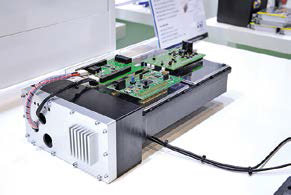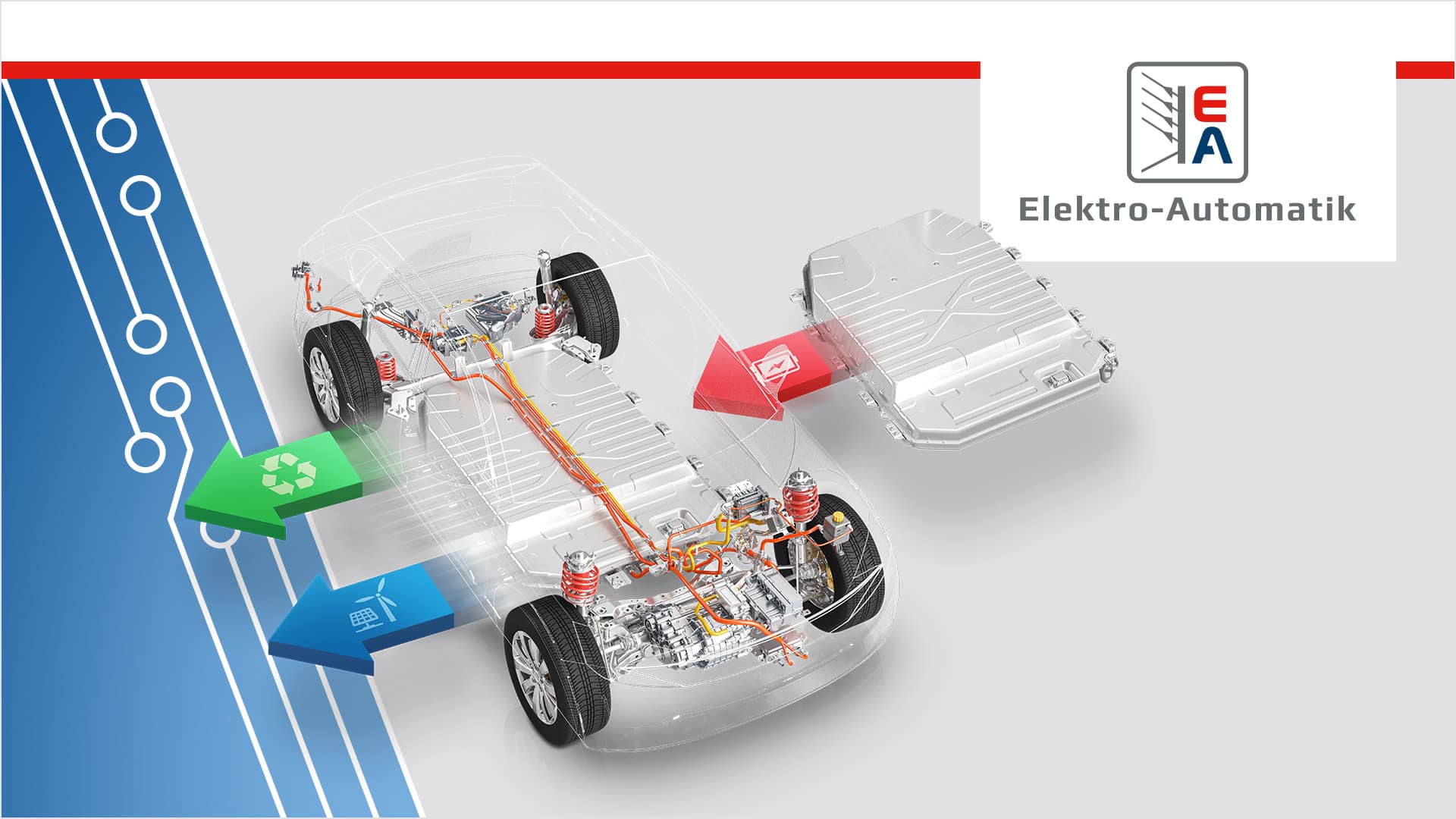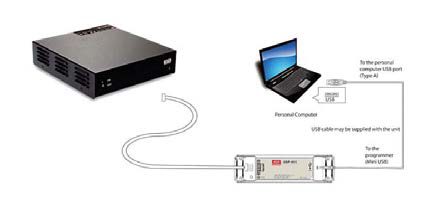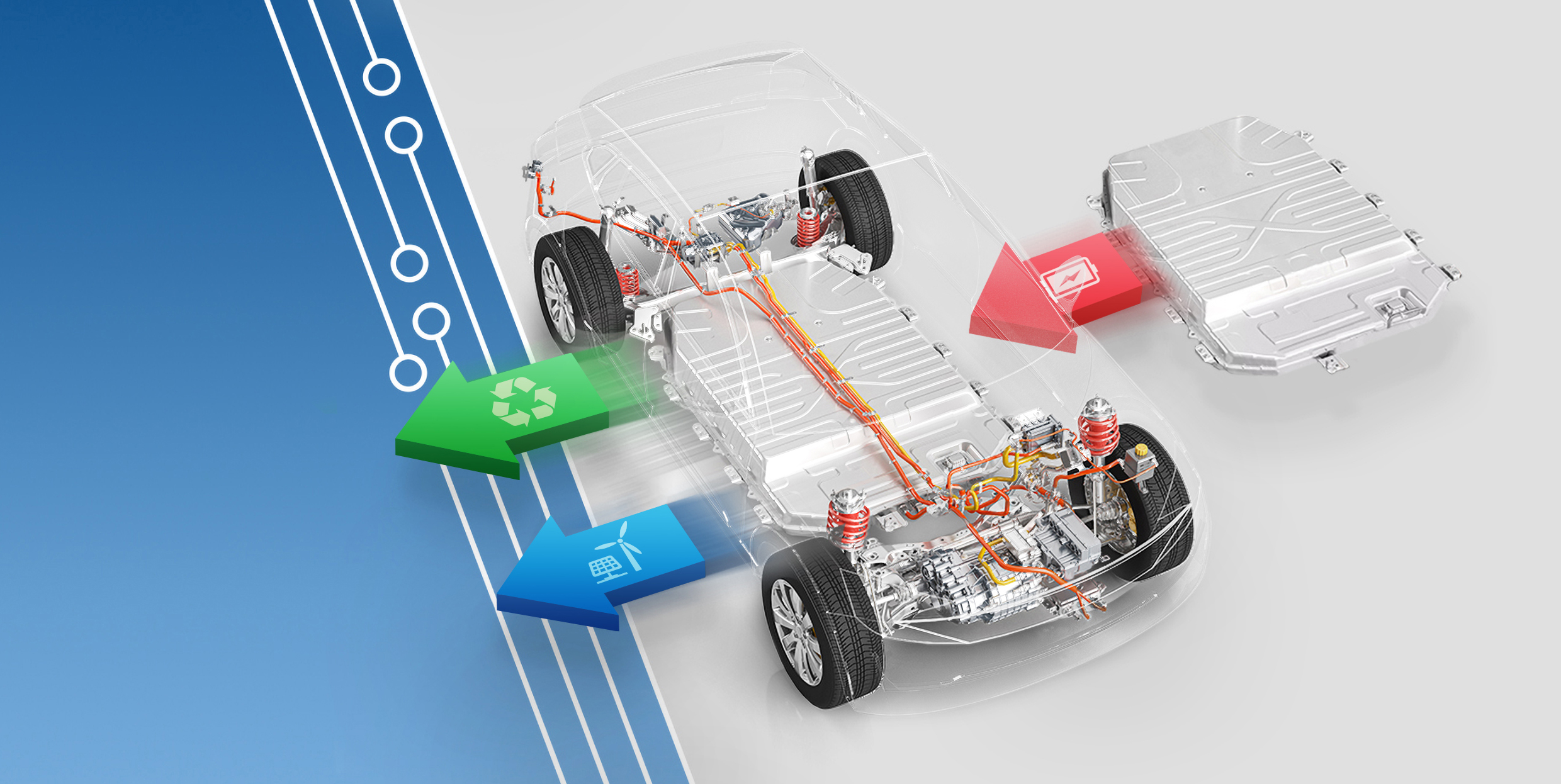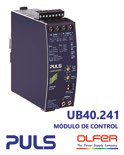As lithium ion (Li-ion) batteries age, their performance decreases. Current methods still require laboratory testing to determine how quickly and to what extent this occurs. On the contrary, a procedure developed by the Technical University of Chemnitz (Germany) now enables fast and accurate diagnosis and guarantees a reliable check of the state of health (SoH) and the remaining useful life (RUL) of the batteries. Li-ion. In this context, RUTRONIK, as a research partner, offers the university center the support of the industry.
Li-ion batteries have become the preferred energy storage system in a large number of applications, for example as a starter battery in conventional cars and, above all, in electric vehicles, healthcare environments, professional tools, mobile robots and uninterruptible power supplies (UPS). In all these cases, the state of health of the battery has a direct effect on the capacity of the system. From an electric car point of view, the main business arguments are both range and good acceleration and are battery dependent. In applications that demand maximum security, such as backup systems or mobile medical equipment (for example, defibrillators), it is essential to know that the battery will supply the required energy when it is needed.
Determining the health status of a battery
Apart from its current state of charge (SoC), the real determining factor here is the age of the battery. Based on the complex chemical reactions inside the battery, there is a gradual degradation in performance over time and the state of health (SoH) suffers accordingly. The SoH reflects the ratio between the maximum practical capacity and the theoretical capacity of a battery: for example, a 100 Ah battery with an SoH of 80% has a residual capacity of 80 Ah. It is very difficult to determine or predict how quickly a battery or individual cells in a battery pack will age. On the one hand, the capacity cannot be directly measured and, on the other hand, the aging process is influenced by many different factors, such as the individual condition of the battery, charging behavior and temperature. Determination of SoH is essential when evaluating battery life. According to the current application, the end of its life occurs with an SoH of between 70 and 80%. Then, the battery begins to frequently switch between “first life” and “second life”, it can be used in an application that demands less capacity. For example, electric car batteries are used as stationary energy storage systems for photovoltaic (PV) units during their second life. The maximum remaining capacity of the battery in the respective application is referred to as the remaining useful life (RUL).
Complex procedures offer unreliable predictions
Since it is not possible to simplify the measurement of the remaining capacity to determine the SoH and RUL, relatively complex and often imprecise procedures are currently used: Before installing the battery, a wide range of data must be collected in the laboratory to be able to characterize the type of battery. Algorithmic calculations are used to create a lookup table or empirical model that describes the battery at defined duty points and across various applications. The data is saved in the battery management system itself and the end of life of the battery is predicted by comparing the stored information. The current state of the battery in operation, in fact, is not measured anymore. It goes without saying that the base data for the battery management system is still very imprecise. A coulometer, which measures the flow rate of charge in and subtracts the charge out, is often used to determine capacity. The data is then compared to the model to draw conclusions about the SoH and the RUL. Although this method gives relatively inaccurate values, the determined end of battery life can vary considerably from the actual situation. The result: To ensure guaranteed battery life, manufacturers have to install more battery cells than necessary in the instrument or vehicle as a safety feature. Alternatively, they should somewhat reduce the specified values that depend on the condition of the battery, such as the range of the car and the warranty period of the battery mounted on an electric vehicle. In both cases, it implies that the full capacity of the battery is not used.
Total Battery Utilization
In order to improve battery usage significantly, the Department of Sensor and Measurement Technology at the Technical University of Chemnitz has developed a procedure that enables accurate diagnosis of a fully operational battery within a few minutes. It also provides reliable online information about SoH and RUL. RUTRONIK supports this research as part of its collaboration on master's and bachelor's theses and supplies electronic components and development tools. As the official distributor and supplier of Samsung SDI Li-ion batteries, RUTRONIK closely cooperates with the manufacturer and thus becomes the research partner that guarantees the transfer of essential knowledge in all aspects, both in battery cells as battery management systems.
Precise values with impedance spectroscopy
The Sensor and Measurement Technology Department develops systems based on impedance spectroscopy. This allows the measurement and evaluation of internal battery processes such as charge transfer, electrode degradation and diffusion. To do all this, the battery is excited with a different AC power supply potential. The resulting excitation voltage and current can be used to calculate the impedance and help draw conclusions about the state of the battery. As the impedance with current Li-ion cells can be less than 1 mOhm, the measurement methods and applied hardware need to meet special requirements. Due to the extremely low impedance values and as a result of low frequencies and a larger frequency range, expensive and precise measurement instruments together with high-performance devices with large memory capacity are needed to generate accurate dynamic signals. For this reason, the method has only been applied in laboratory conditions where the process is usually monitored by an engineer.
From the laboratory to an embedded measurement system
In order to also allow the application of impedance spectroscopy in mobile systems, scientists at the Technical University of Chemnitz have optimized the methodology to be able to generate the necessary signals to such an extent that a chip with limited memory capacity and relatively little processing power can perform the procedure without additional signal generators. The battery itself or the energy from another battery is used as a power source, thus reducing hardware costs considerably. Due to the wide frequency range, multispectral methods have to be applied to shorten the measurement time. All calculations are carried out at the same time as the measurements, thanks to innovative algorithms. For example, it was possible to reduce the memory capacity of the controller to less than 500 kByte for buffer storage of the measured data. In addition, the measurement period was reduced to just five minutes. All this makes it possible to repeat the measurements in defined cycles during operation (for example, under certain conditions). These features also ensure that the methodology meets the development requirements for controllers in the automotive industry.
The hardware prototype created by the Sensor and Measurement Technology Department can be used to analyze four battery cells simultaneously. And, in principle, the hardware can be scaled based on the needs of larger systems. In addition, the solution exceeds other requirements of the applications to which it is directed: it is not only small, but it is also robust and affordable due to its embedded microcontroller. The results of the measurements obtained allow the full use of the batteries until the end of their current life. In this way, manufacturers benefit from the opportunity to increase the autonomy of their electric vehicles, extend the warranty period of the batteries themselves and design smaller and, consequently, more economical battery systems, in line with their model. of business.
Why does a battery age?
The state of health (SoH) of a battery deteriorates over time. This is cause of:
• Calendar Aging: The battery ages without being used, simply by the passage of time. In particular, this process is influenced by the ambient temperature.
• Cycle aging: Depends on the type of use and, above all, on the operating cycles, the (dis)charge peak and end-of-charge voltage and the strength of the charge and discharge currents. The number of cycles is determined by the type and quality of the rechargeable batteries and the temperature.


